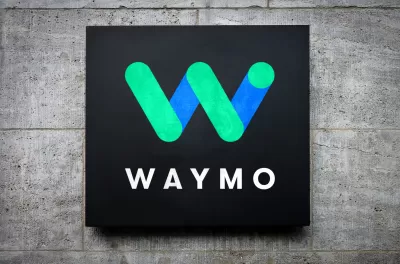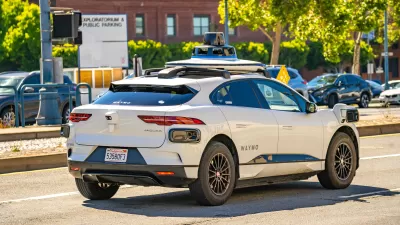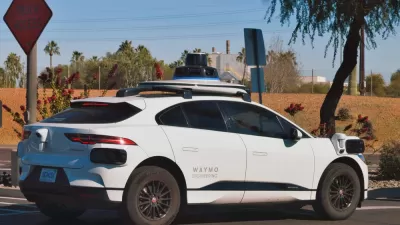The company’s autonomous taxis will soon be available in most parts of the metro area including Tempe, Mesa, and a new airport pick-up location.

The Phoenix metropolitan area is now home to the largest contiguous autonomous car service area in the world, reports Corina Vanek for Arizona Republic, after the company doubled its coverage area last week. The company also plans to grow its Phoenix-area fleet with an unspecified number of vehicles.
The expansion connects a 40-square-mile coverage area and a 50-square-mile coverage area, creating a 180-square-mile service zone. The area now includes most of Tempe and parts of Old Town Scottsdale and Mesa. “So far, the vehicles only provide autonomous rides on freeways to Waymo employees with a specialist present, a company spokesperson said. Employees are providing feedback about freeway travel before the company rolls out freeway trips to the public.”
Waymo and other autonomous car operators and manufacturers such as Cruise and Tesla are facing backlash and federal investigations for deploying their vehicles on public streets before the technology is fully vetted and for misleading marketing. Phoenix residents have observed Waymo cars idling on neighborhood streets or stalled in traffic, while San Francisco’s Waymo fleet has had multiple run-ins with emergency personnel and law enforcement, with city officials calling the situation ‘mayhem’ in a letter to the state. Meanwhile, driverless cars raise ethical questions about AV testing and responsibility in crashes and other incidents.
FULL STORY: Metro Phoenix now has world's largest self-driving car service zone after Waymo expansion

Alabama: Trump Terminates Settlements for Black Communities Harmed By Raw Sewage
Trump deemed the landmark civil rights agreement “illegal DEI and environmental justice policy.”

Planetizen Federal Action Tracker
A weekly monitor of how Trump’s orders and actions are impacting planners and planning in America.

The 120 Year Old Tiny Home Villages That Sheltered San Francisco’s Earthquake Refugees
More than a century ago, San Francisco mobilized to house thousands of residents displaced by the 1906 earthquake. Could their strategy offer a model for the present?

LA’s Tree Emergency Goes Beyond Vandalism
After a vandal destroyed dozens of downtown LA trees, Mayor Karen Bass vowed to replace them. Days later, she slashed the city’s tree budget.

Sacramento Leads Nation With Bus-Mounted Bike Lane Enforcement Cameras
The city is the first to use its bus-mounted traffic enforcement system to cite drivers who park or drive in bike lanes.

Seattle Voters Approve Social Housing Referendum
Voters approved a corporate tax to fund the city’s housing authority despite an opposition campaign funded by Amazon and Microsoft.
Urban Design for Planners 1: Software Tools
This six-course series explores essential urban design concepts using open source software and equips planners with the tools they need to participate fully in the urban design process.
Planning for Universal Design
Learn the tools for implementing Universal Design in planning regulations.
Ada County Highway District
Clanton & Associates, Inc.
Jessamine County Fiscal Court
Institute for Housing and Urban Development Studies (IHS)
City of Grandview
Harvard GSD Executive Education
Toledo-Lucas County Plan Commissions
Salt Lake City
NYU Wagner Graduate School of Public Service





























